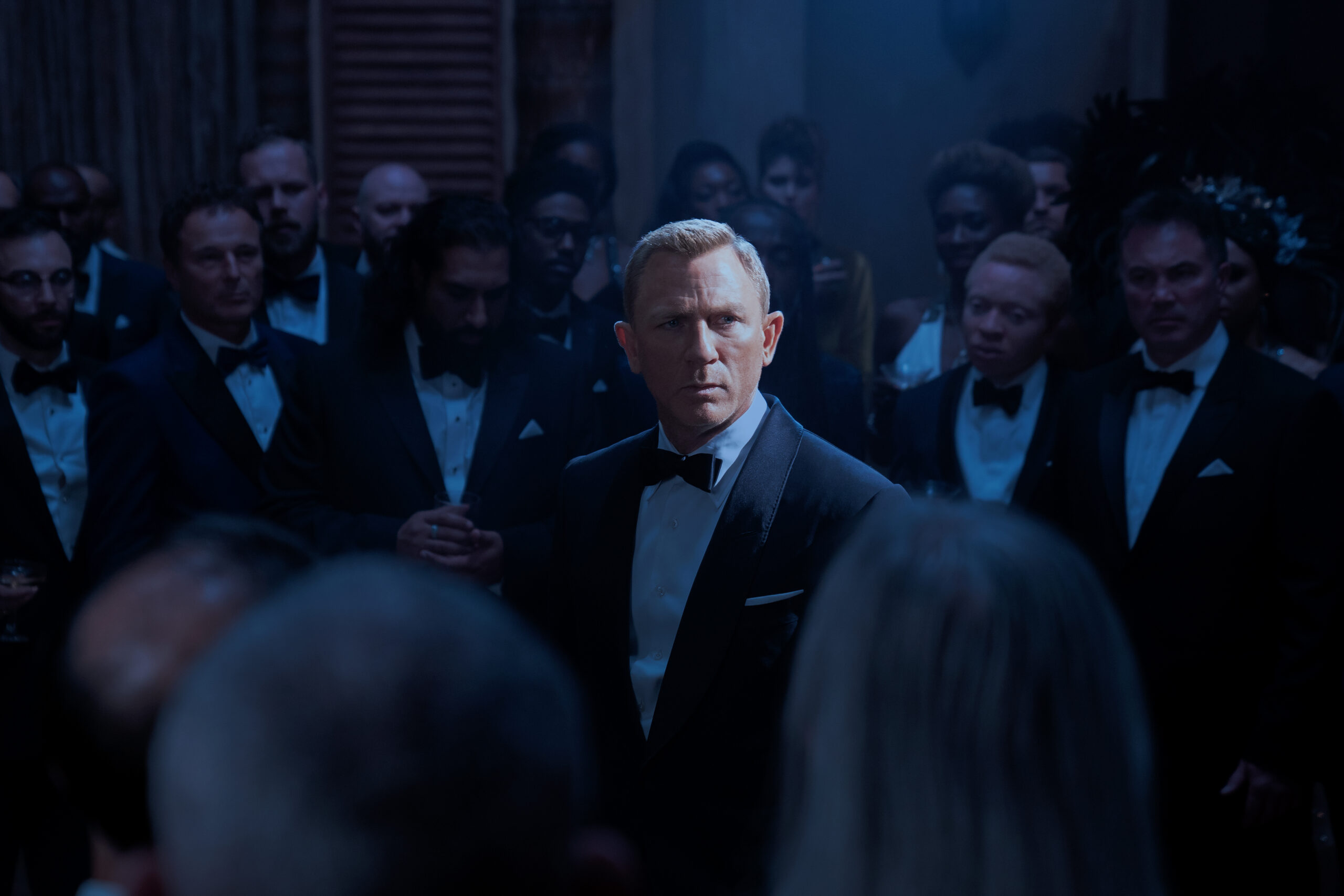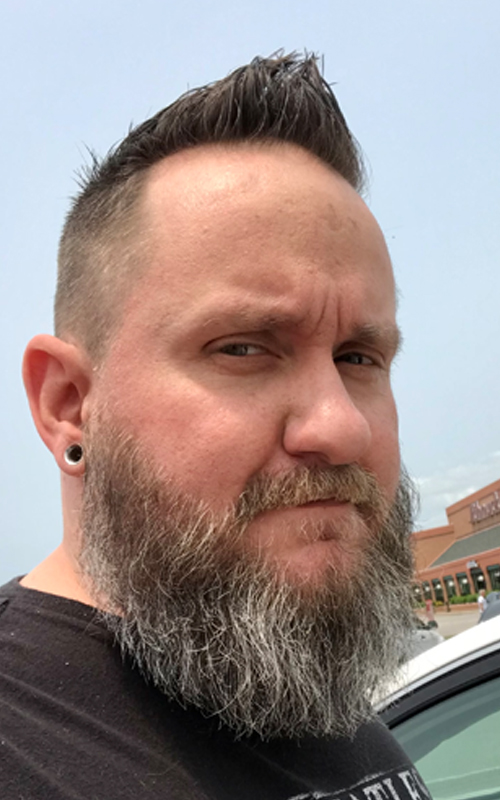A James Bond flick brings to mind a number of things, and the latest from the franchise, No Time to Die, will not disappoint.
Smooth. Sexy. Big explosions. Chases. Bond girls. It’s all there.
In No Time To Die, Bond has left active service and is enjoying a tranquil life in Jamaica. His peace is short-lived when his old friend Felix Leiter from the CIA turns up asking for help. The mission to rescue a kidnapped scientist turns out to be far more treacherous than expected, leading Bond onto the trail of a mysterious villain armed with dangerous new technology.
The real secret behind James Bond, however, is a name many won’t recognize. Chris Corbould.
Corbould, who holds 17 Oscars and 40 nominations, is the Special Effects Supervisor for James Bond and has worked on the films since A Spy Who Loved Me (1977). Every car Bond has driven, every explosion, every chase — Corbould and his world-class team have been the brains behind.
But, his work doesn’t stop there. Corbould was also the special effects brain behind the Batman Dark Knight films (and the Tumbler Batmobile), the last couple of Star Wars films, X-Men First Class, Inception, the Tomb Raider series, The Mummy, Interview with the Vampire, and many others.
Innovation & Tech Today recently had the opportunity to sit down with Corbould and discuss his lengthy career. We talked at length about what remains one of the biggest stunt productions in the history of film: the tank chase in GoldenEye.
Innovation & Tech Today: What your role was on GoldenEye, and how it was different from your previous roles in Bond films?
Chris Corbould: GoldenEye was my first film as overall Special Effects Supervisor. Up until then, I’d been an engineer and a senior technician, working with all the crews that worked on the previous films from that. But GoldenEye was my first film as overall Supervisor of special effects.
I&T Today: I’ve read an interview with you that you did around the time of Casino Royale. And in that interview, you talked about how the tank chase [footage at bottom of page] was originally envisioned as a motorcycle chase. Can you talk to me a little bit about what the original motorcycle chase idea was? And then where you got the idea for the tank chase?
CC: I was called into a meeting with Martin Campbell, Barbara Broccoli, and Michael Wilson. And they were concerned the motorbike chase, which was what it was at the time, wasn’t exciting enough and asked me to come up with some ideas, how to make it more exciting. And I instantly felt that there’d been a lot of motorcycle chases in recent films and that it was probably not the right way to go. So I suggested that possibly Bond should steal something different and they asked me what I thought that should be. And I said, well, he started in this sequence in a military parking lot. Why doesn’t he steal the tank? And they thought about it and then fell in love with it. And that’s how that sequence came about.
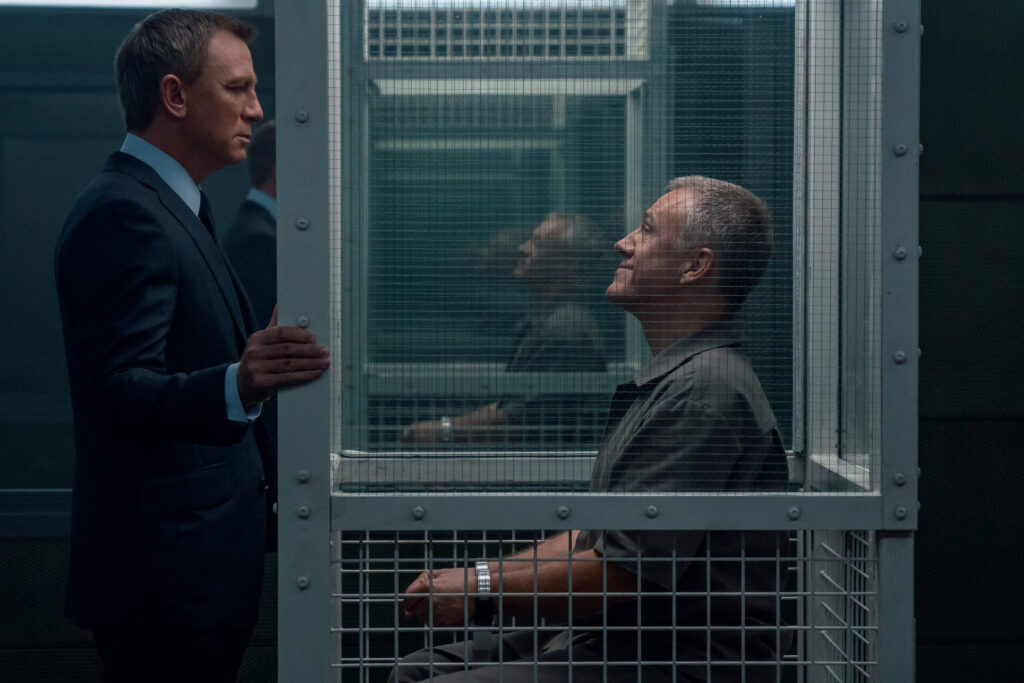
I&T Today: Amazing. And so this was your first film as a Stunt Coordinator. You come out of the gate pitching a tank case, did the scope of this chase make you nervous at all? What were your feelings around making this thing a reality after you pitched what could be the first tank chase in cinema history?
CC: Well, there’s several parts to that. I think the… We had to come up with a logic behind why the car couldn’t outrun the tank. And we came up with a logic that the tank could go through buildings, whereas the car had to go around them. And that was the logic that we use throughout that chase. You could always take shortcuts. And believe you me, we came up with so many ideas what that tank could do in that sequence, that if we shot all of them, we’d still be shooting the sequence now. It was amazing how much scope it opened up.
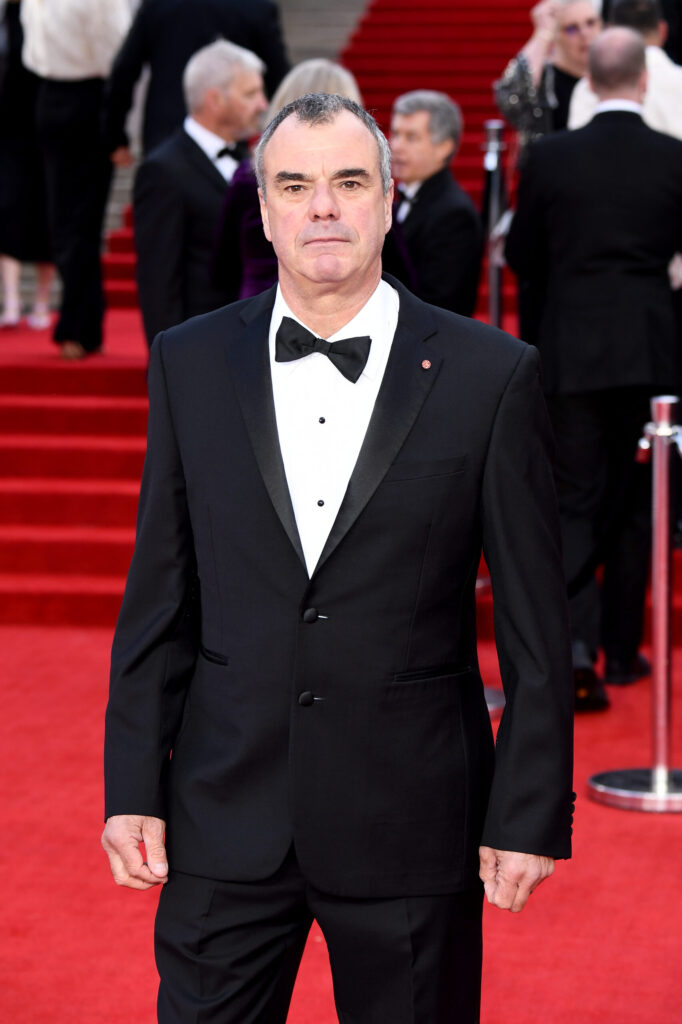
But the other interesting part was I, it was my responsibility to go and buy these tanks. And we ended up buying, I think, two or three Russian T-54 tanks, which are a Russian tank going back to the 1950s. I bought them in England weirdly enough and then we done a cosmetic job on them to update them to t-70s, which is a much later tank, a much more modern tank. And then once we finished all the work on them, we shipped them out to Russia to shoot in the streets of St. Petersburg.
I&T Today: Where did you guys find tank drivers and stuff like that? Did you just go to the military?
CC: No. The tank drivers were UK stunt people. I mean, one, namely Gary Powell, who did that great jump at the start of the sequence where you see the car skid around the corner and then the wall explodes behind him. That was a UK stunt guy, Gary Powell. He lived and breathed that tank.
I&T Today: Oh, wow. You just brought up the main thing that, one of the interesting things I want to talk about, which was that opening destruction shot where the tank drives through the wall. You guys talk a lot about testing and prep and all of this before the cameras actually roll, like what went into building those walls, testing those walls and getting all of those shots and sequences ready to go?
CC: Well, the wall wasn’t that big a problem to make, because when you’ve got 26-tons hitting it at 35 mile an hour, there’s not a lot, you know, you didn’t have to worry too much about lightweight materials. And the driver is as protected as anybody with six-inch-thick steel around him. But the difficult part was making sure the timing was right.
That was the easy part. The difficult part was getting the timing right so that, you know, obviously the tank private couldn’t see the car behind the brick wall skidding around the corner. So, the stunt team had to do lots and lots of timings where the tank would get up to a terminal speed, hit a mark, and then it would be all down to a watch, a stopwatch for when they cue the car to come around the corner. Now if they cued the car too early, it had been squashed by the tank, or if it cued it too late, it would have been too big a distance and not been in a great shot.
So that was quite a tense day where we were all on the side of the wall where the car skidded into our shot. But long before that car skidded into the shot, probably about two minutes, we heard this tank in the background and on this great big run-up, getting up, going through the gears, tone of the tank engine changing, changing, changing, changing, and then all of a sudden stunt guys cued the car to come round the corner. And the car came around the corner and the wall just exploded behind. It was a surreal experience.
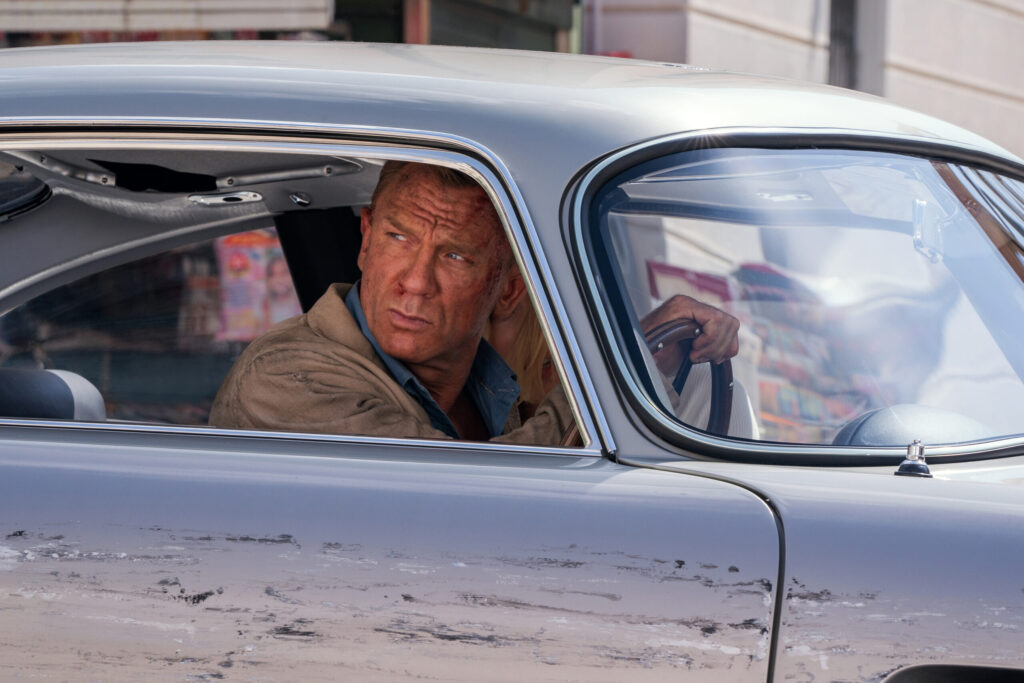
I&T Today: You guys have to do multiple takes for that? Like continuing to rebuild the wall or is all of those destruction shots just one take and done?
CC: We could have done it again, could have rebuilt the wall, but I don’t think we could have done anything better than what was in that first shot. So no, it was great.
I&T Today: How about when the tank goes into the alleyway? How did you guys prepare for that and build that shot together and compose that?
CC: The walls were all built by construction. We obviously made all the distances smaller than the tank, so we knew it had to destroy it. We tried, we tested so many things with the tank, just running over the cars. You’d think it would just barge them out the way, but with those tracks underneath you drive over a car and it sort of feeds it through and out the back. We had lots and lots of fun with it. I know when the car came out of that alleyway, there was a camera there, a remote camera, which sadly got crushed. And there wasn’t a bit bigger than a dime piece.
I&T Today: So when you guys were preparing for the tank chase, right, and you guys got the tanks in your ability, how did you figure out what the limitation of what the tank could do for you was?
CC: No. No. I mean, as I said, it’s 26 tons. It doesn’t take prisoners. It runs over cars, it goes through walls, it jumps through the air. I mean, I think the jump through the air, it was quite hard landing for the stunt guy, I must say. But no, it did everything we wanted it to do. And at one stage we had it, you know, a snorkel appearing and going under a river and lots of weird and wacky things. We never actually got as far as testing the snorkel, but potentially it could have done it.
I think one of the difficult, which I thought was going to be difficult was where it goes, it picks up the statue near the end of the sequence. Goes through the statue and the big wings creature, or whatever it was, horse on the top is perched on the top. And we came up with various rigs and mechanical rigs. And in the end, all we did was great big loop off the horse bit on the top and drove the barrel at it and the loop looped over the barrel and then hooked it. It was really simple, but caused us a lot of headaches at the time.
I&T Today: Can you talk to me about like how to rig things to make the explosions when the tank goes through things, just add just a little bit of panache to the chase and stuff like that? I’m pretty confident that when the tank hits a car, it doesn’t explode like that.
CC: No, but you have to add a little bit of … I mean, the thing about the tank is you’re pretty safe from any explosions there. All of our explosions in films are cosmetic ones, which are not designed to do any damage. They’re designed to just look good. So these tanks are used to having, you know, 50 caliber shells fired at them and surviving. So we were more concerned, when we took the tanks out to Saint Petersburg, we were more worried about the tracks damaging the streets out there. We actually made a lightweight version. Instead of 26 tons, it was only 5 tons with dummy tracks. That was a six tract. Still an armored vehicle, much smaller, but we made it look like the T-70 tank by putting dummy tracks on it. So if we started chewing up the pavement, then we could bring this in and not upset the local authorities.
I&T Today: Let me ask you this. What was, how long did this scene take to shoot?
CC: Oh, you’re going back 25 years now.
We shot some in Saint Petersburg, we shot some in Leavesden Studios. I mean, I’m going to take a wild guess and say six weeks for the first and second unit.
I&T Today: Okay, what were your favorite memories of the tank chase? I know this was your first Bond movie as a Special Effects Supervisor, so coming into this, what are some of the fondest memories you recall from shooting this part of the tank chase?
CC: I think it was the whole package. It was the finding the tanks, dreaming up what it did, the logistics of getting them out to Russia. I mean, quite a surreal thing that happened where we’d loaded the tanks up onto the big, low loaders to go out to Russia and then about 10 o’clock at night, I got call from the shipping agent saying, Chris, we got a problem with one of the tanks. I was like, what has it broken down or something? And he said no, it’s still live. Potentially, it can still fire a shell and they can’t travel it.
So, I had to send a couple of crew members down with a big billet of steel, weld it up inside the barrel and then get a guy from the Birmingham Proof House to come down and give it a certificate of deactivation. So that was a funny little event. But it was the whole package. It was knowing that we were filming something that was totally original. I’d never seen tank chasing a car in an urban environment before, and that was total originality. And that’s where we all got a buzz out of it.
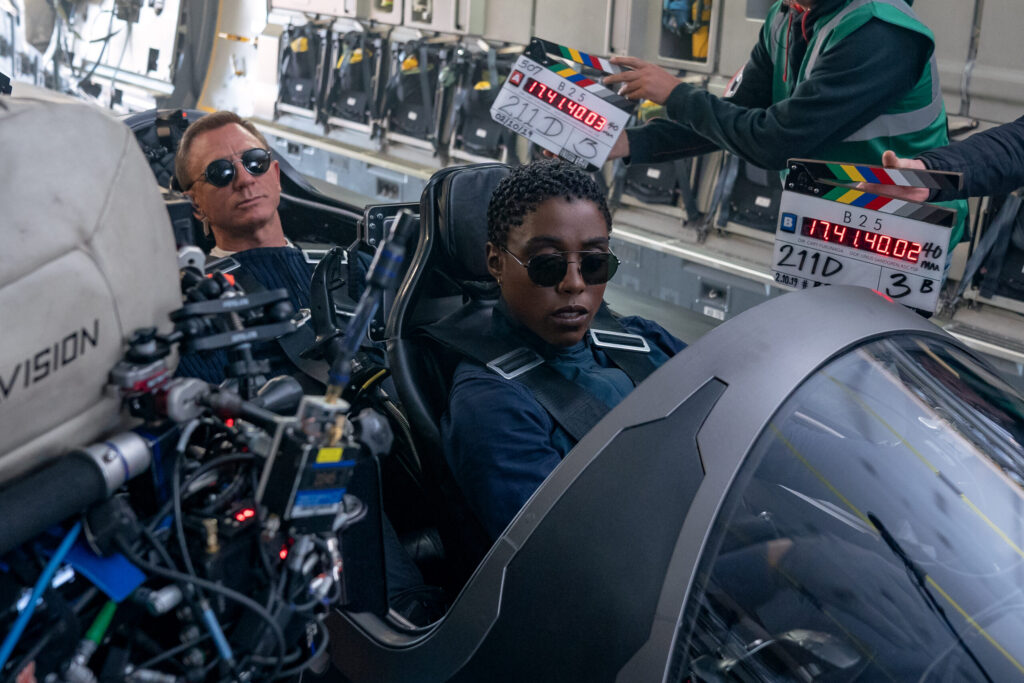
I&T Today: Why do you think that this chase has held up for the last 25 years? What makes it so special?
CC: I think it holds up because it was totally original. It was something you didn’t expect to see, a vehicle that you didn’t expect to see in a certain environment, which didn’t take any prisoners, was good going through walls, it could drive over cars, it could survive any explosion you want to throw on it. And it was just fun. It was, you know, P.S. I had a great job. We cut another hatch into the tank on the opposite side to the driver, that’s the dummy hatch, so we can have Pierce’s head and shoulders out the top of it, looking like he’s driving and actually had the stunt guys driving next to him, but hidden.
I&T Today: In a franchise that’s known for memorable set pieces, did you set out to outdo all other Bonds chases?
CC: No, I don’t think we ever go out to outdo previous Bonds. I think what we’re trying to achieve is to give the audience something original that possibly hasn’t been seen in other films. And it could be more interesting, it could be in a different location. There are many things, and I’m a great believer in that anything we do with stunts or special effects, or action has to dovetail into the storyline of the film and the characters. I don’t like gratuitous explosions just for no reason at all. It has to be part of the storyline to be credible.
[GoldenEye] was my big moment. It was my first big film as a Special Effects Supervisor, and saying I was a big part of the creative force in getting it onto the screen fills me with joy. But one thing I have to say is that none of this would be possible without the amazing team that I had round me. And many of them are still with me these days. I’ve consciously made a decision to stop doing special effects now and do directing, so interesting times ahead.
I&T Today: You’re going to get in the director chair?
CC: Well, I’ve done it several times. I directed the end sequence of Skyfall, I did Second Unit Director on Christopher Robin and Nutcracker and The Rhythm Section. So, it’s something I really like doing. I’ve been doing special effects for 47 years now, so I think I need somebody else to… I liked the creative side of it, but the directing side really makes me buzz.
I&T Today: Did you do any, did you do any Second Unit directing and stuff like this for No Time to Die?
CC: No, I didn’t. No. It was too full on. The reason I made the decision to do secondary directing is now, instead of effects as well, all the time I’m doing effects, the producers are worried that the effects are going to suffer if I’m directing as well. So, I had to stop the special effects.
I think you’re going to enjoy the new Bond. I haven’t seen it myself in its entirety, but I know on an emotional level, this Bond is going places that none of the other Bonds I’ve seen have gone to. So, I think it’s going to be a really interesting experience.


